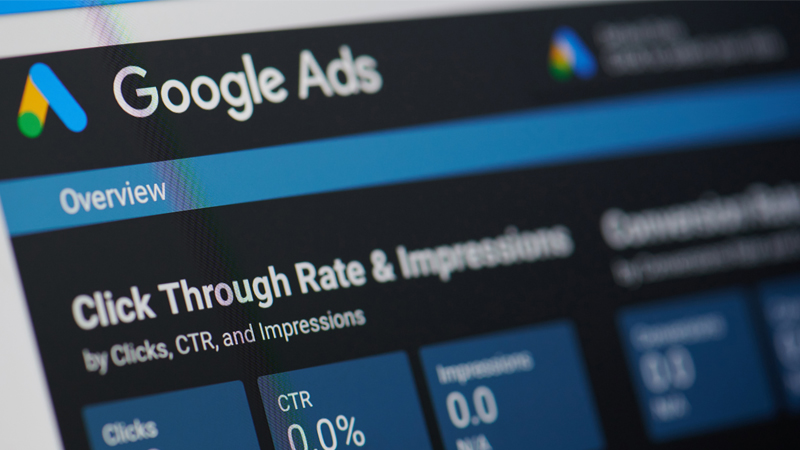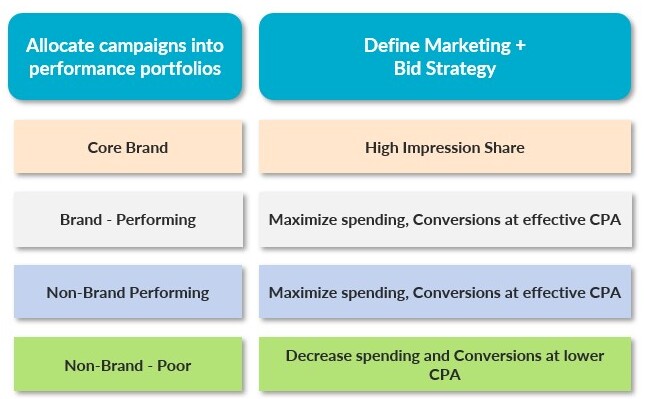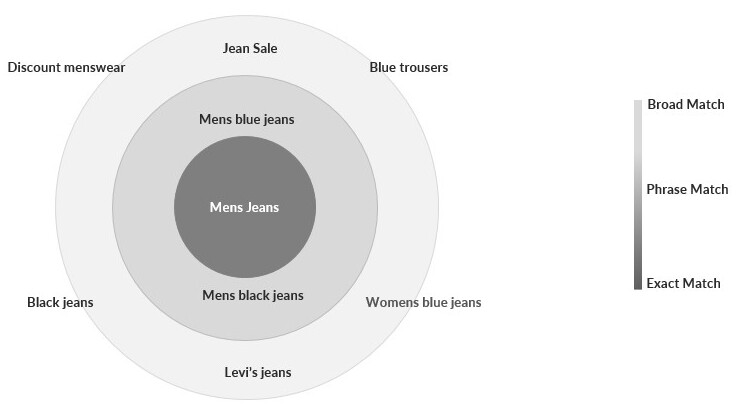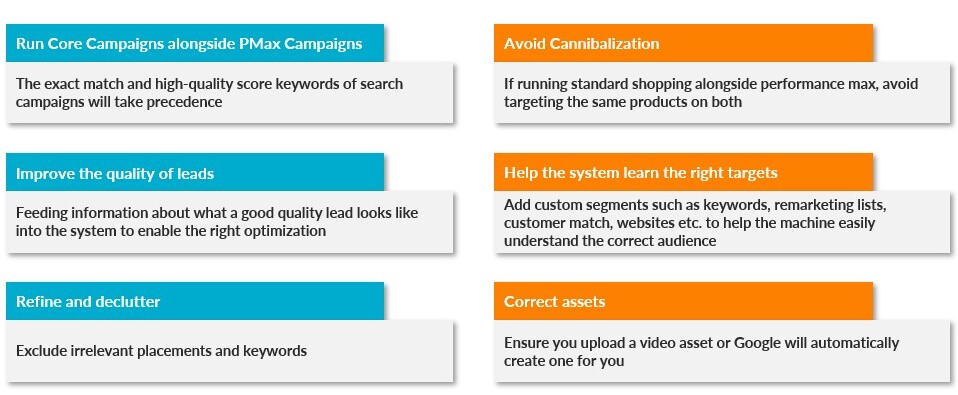Best practices for leveraging Google Ads automations to drive marketing goals
Paid search marketing automation is evolving at pace. New Google Ads automations such as Smart Bidding, responsive search ads, OptiScore, and Performance Max have taken routine, repetitive tasks off the plates of marketers, leaving them free to focus on driving strategic business goals.
But how can marketers make the most of these automated features? How can they combine automation with data and analytics to maximize performance? Here are some best practices to leverage automation.
A. Smart Bidding best practices
Smart Bidding includes bid strategies which use machine learning (ML) to optimize for conversions or conversion value in each auction — a feature known as “auction-time bidding.” Target CPA, Target ROAS, Maximize Conversions, and Maximize Conversion Value are all Smart Bidding strategies.
Smart Bidding offers marketers a range of contextual signals, flexible performance controls, and better insights and reports. To tap into the benefits of Smart Bidding, marketers should:
1. Organize campaigns into bidding portfolios for greater budget fluency
Campaigns often have different objectives and performance targets; therefore, they should not be treated the same. Instead, marketers should assign campaigns to performance portfolios and define appropriate marketing and brand strategies along with targets and KPIs.
See Figure 1 for an example of how marketers might focus on maximizing impression share for core brand campaigns.
Figure 1: Example of bidding portfolios for Smart Bidding
2. Leverage broad match with caution
Marketers can now combine the expansiveness of the match types with Smart Bidding (See Figure 2 for an example of how matching to broader terms happens as match types change). In the past, campaign managers avoided broad match as it could surface irrelevant results (for example, matching a search for “mens genes” to the “mens jeans” keyword). However, with the incorporation of Smart Bidding and machine learning, the system now better understands searcher intent. Smart Bidding will bid lower for irrelevant matches, deprioritizing them and eventually eliminating matches altogether. As a result, Smart Bidding allows campaign managers to maximize their reach while limiting waste.
That said, Google’s broad match algorithm continues to evolve, and PPC managers should be vigilant while the system learns and optimizes each specific campaign.
In fact, we recommend that campaign managers add key irrelevant terms as negatives prior to launching an account to better guide the algorithm.
Figure 2: Example of match types broadening reach on search terms (terms matching to “mens jeans” on exact, phrase, and broad)
3. Other best practices
Machine learning can be ineffective if PPC advertisers make too many changes too often or if they fail to set the right targets or budgets. To optimize performance, marketers should:
- Pace changes: Help reduce learning periods for the algorithm by making small changes of 10-15% at a time. Also, give the system enough time (up to two weeks) to learn.
- Set the right targets: Your targets should be achievable. Attempting to hit a very aggressive target is likely to constrict the algorithm and may not deliver meaningful traffic.
- Set the right budgets: Make sure your daily budget is sufficient. Consider having ~10x of the target set as the budget to allow for enough conversions to be recorded.
- Experiment and A/B Test: Use experiments to test the strategy against manual bidding (and other bid strategies) and then slowly transition to automated bidding. Advertisers can launch their campaigns as an “Experiment” in A/B test mode, allowing only half of their traffic to be impacted by automated bidding. They can then analyze how their automated bid strategy performed versus the manual strategy, risking only half of their traffic if results are poorer.
B. Responsive Search Ads (RSAs) best practices
In June 2022, Google announced the transition from Expanded Text Ads (ETAs) to Responsive Search Ads (RSAs). These are Google’s largest and most flexible search ad format to date.
Unlike expanded text ads, where copywriters create static text ads with headlines and descriptions (ad assets), RSAs allow advertisers to provide multiple headlines and descriptions. Google then mixes and matches them based on search queries and other proprietary data to serve the most effective ads to users.
While RSAs give advertisers a lot of flexibility, they can be trickier to navigate (See Figure 3). To get the most out of them:
- Make sure the assets uploaded make sense individually and when combined
- Aim to have at least one ‘Good’ or ‘Excellent’ ad strength RSA in each ad group (but don’t sacrifice performance metrics such as CPA or ROI to deliver better ad strength)
- Use “pinning” to ensure key information always appears in the ads – however, use this feature sparingly (as it reduces the number of combinations that can be generated)
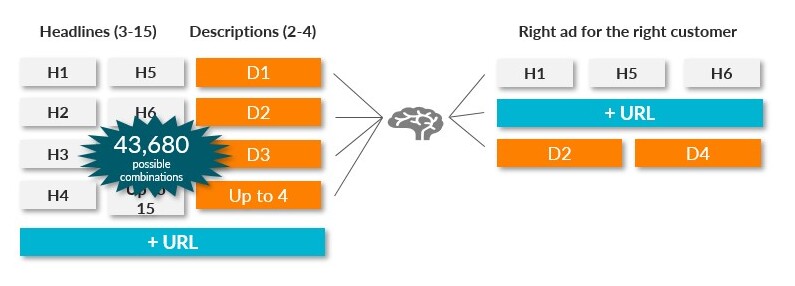
Figure 3: The complexity of RSAs
C. OptiScore best practices
Google defines OptiScore (or Optimization Score) as an automated estimate of how well a Google Ads account is expected to perform. Optimization scores can range from 0% to 100% and are calculated in real-time using account settings, performance, and trend data. The higher the optimization score, the closer an account is to being optimized – based on Google’s criteria.
While the OptiScore is not directly tied to quality score or ad rank, the recommendations are meant to improve campaign performance. However, not every recommendation is relevant, and it is important to review the recommendations, implement the relevant ones, and dismiss those that do not apply.
Here are the best practices, advertisers should keep in mind while leveraging OptiScore:
- Review the keywords, audience, match type, ad, and extension recommendations to make sure they’re relevant (there have been instances where Google has recommended Christmas ad copy in a Halloween ad group, for instance – See Figure 4 below)
- Ensure bid strategy changes are aligned with the business goals
- Ensure budget and bid strategy targets are aligned with KPIs
- Monitor the changes and performance before turning on ‘Auto-Apply’ (hygiene-related changes are safer than ad copy, keyword, or budget changes)
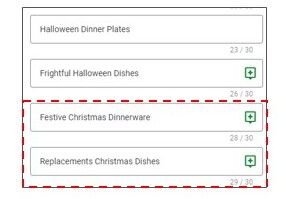
Figure 4: Example of Google Ads suggesting irrelevant headlines for ads
D. Performance Max Best Practices
Launched in 2021, Google Performance Max campaigns leverage the power of automation and machine learning to improve advertising strategy.
Performance Max campaigns promise more conversions by optimizing ad performance in real-time and across all channels using Smart Bidding, Google’s AI-driven automated bidding algorithm. Advertisers can upload various assets, such as text, images, and video, and Google’s machine learning then tests which combinations work best for individual users across all of Google’s ad inventory. The intention is to have single-campaign optimization across all of Google’s platforms.
Our survey shows that more than 50% of surveyed marketers have used Performance Max campaigns and most have seen positive results! (See Figure 5).
Figure 5: Marketers’ experience with Performance Max
Things to consider while running Performance Max campaigns
- Run Performance Max alongside your core search campaigns as Exact match keywords will take precedence over Performance Max ads in the auction (and this allows you to retain control on the keywords that matter the most to your business)
- Leverage lower funnel conversions as a primary KPI and allow the system to optimize toward these
- Inputs such as “Custom Segments” audience signals can help improve targeting (keywords, remarketing lists, customer match, websites visited).
- Advertisers should upload their videos rather than allowing Google to create its own as they may not be relevant and/or fail to drive impact
Figure 6: Performance Max best practices – cheat sheet
The bottom line
Like all tools, paid search automation must be managed with care to yield the desired results. Google Ads still requires oversight, constant optimization and experimentation to deliver to marketers’ growth goals. But with the right strategy and adherence to best practices, automation can help you reach your target audience at the right time and place.

